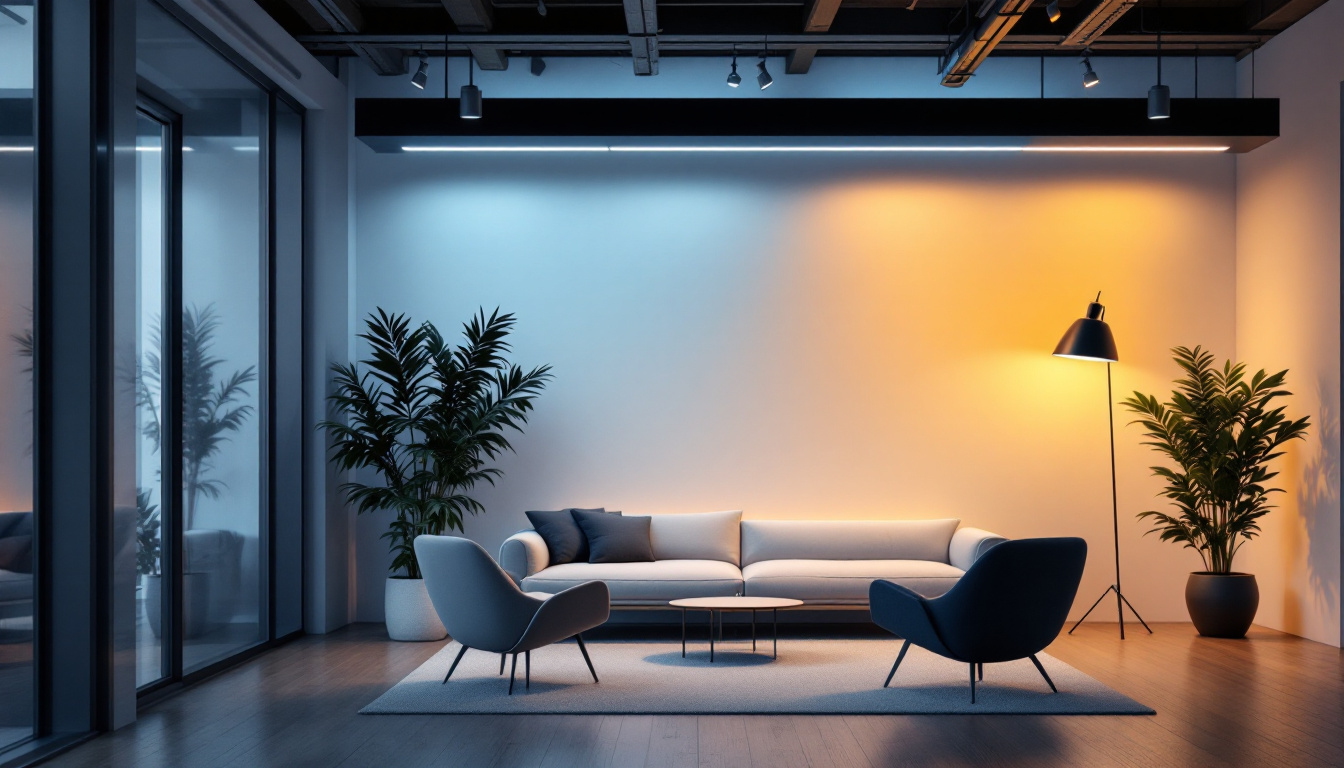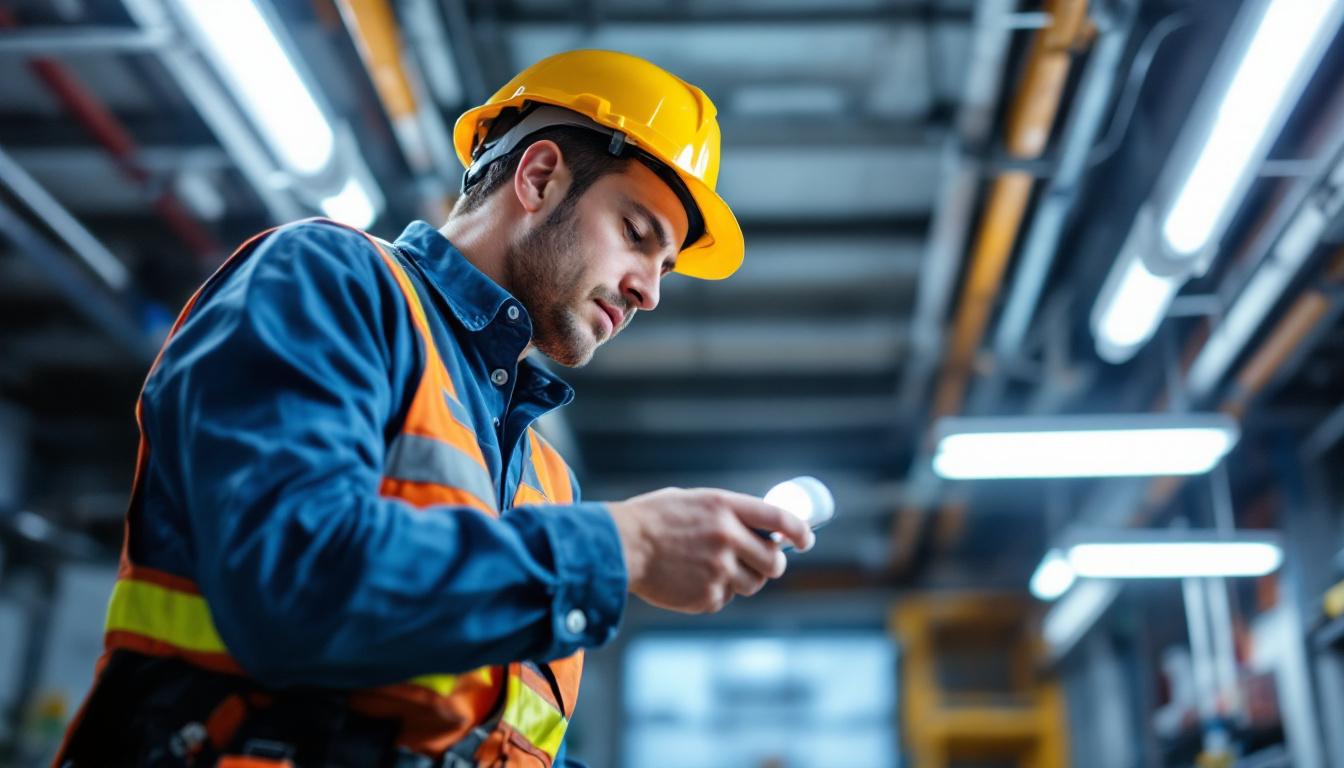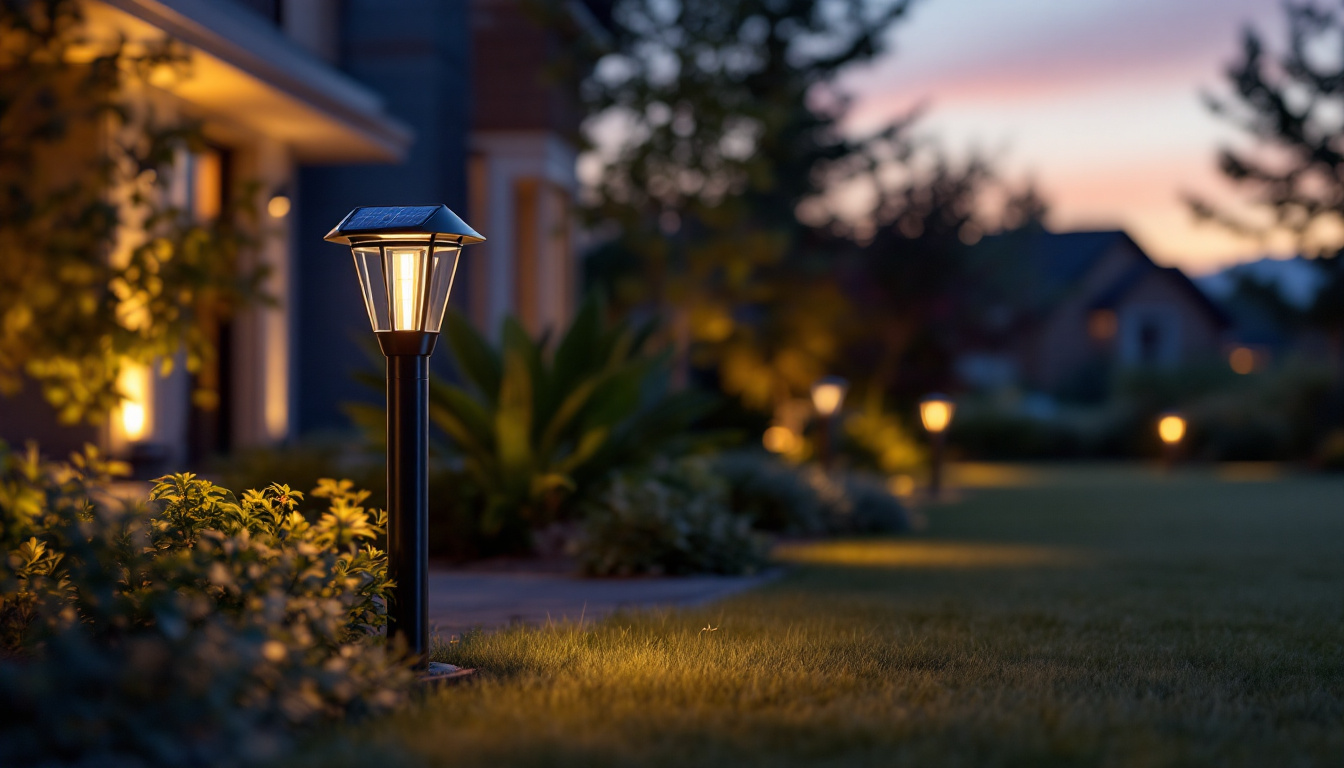
Lighting projects are an essential part of modern construction and renovation, as they significantly impact both aesthetics and functionality. However, with rapid advancements in technology and evolving design trends, it is crucial for lighting contractors to consider how to future-proof their projects. This article will explore various strategies and best practices to ensure that lighting installations remain relevant, efficient, and adaptable to future changes.
Future-proofing lighting projects is not merely a trend; it is a necessity. As technology evolves, the expectations of clients and end-users change. By anticipating these shifts, lighting contractors can create installations that not only meet current demands but also accommodate future needs. This foresight is particularly crucial in a world where rapid advancements can render existing systems obsolete in a matter of years. By designing with the future in mind, contractors can ensure their projects remain relevant and functional long after installation.
Moreover, future-proofing can lead to significant cost savings over time. By investing in adaptable solutions today, contractors can reduce the need for frequent upgrades or replacements, ultimately benefiting both the client and the environment. This proactive approach not only minimizes waste but also aligns with the growing emphasis on sustainable practices in the construction industry. Clients who recognize the long-term value of future-proofing are more likely to invest in quality solutions that stand the test of time.
Sustainability is at the forefront of many industries today, and lighting is no exception. Incorporating energy-efficient solutions, such as LED technology, is one way to future-proof lighting projects. LEDs consume less energy, have a longer lifespan, and produce less heat compared to traditional lighting options. This shift not only reduces energy costs for clients but also contributes to lower carbon emissions, making it a win-win for both the environment and the bottom line.
Additionally, using sustainable materials and practices can enhance a project’s appeal. Clients are increasingly looking for environmentally friendly solutions, and demonstrating a commitment to sustainability can set a contractor apart from the competition. By sourcing materials that are recyclable or made from renewable resources, contractors can further bolster their reputation as leaders in sustainable design. Furthermore, integrating features like daylight harvesting and occupancy sensors can optimize energy use, showcasing a holistic approach to sustainability that resonates with eco-conscious clients.
Technology is evolving at a rapid pace, and lighting contractors must stay ahead of the curve. smart lighting systems, which allow for remote control and automation, are becoming more popular. These systems can be integrated with home automation technologies, providing users with greater flexibility and control. Beyond mere convenience, smart lighting can enhance security, improve energy efficiency, and create customizable atmospheres that cater to various activities and moods within a space.
By incorporating smart technology into lighting designs, contractors can create installations that are not only functional but also future-ready. This adaptability ensures that clients can easily upgrade their systems as new technologies emerge. For instance, the integration of IoT (Internet of Things) capabilities can allow for real-time monitoring and data collection, enabling clients to make informed decisions about their energy usage and maintenance needs. As the demand for intelligent, interconnected systems continues to rise, contractors who embrace these advancements will be well-positioned to meet the evolving expectations of their clients.
Design plays a crucial role in the longevity of lighting projects. A well-thought-out design can enhance the versatility of a lighting installation, allowing it to evolve with changing trends and user preferences.
When designing lighting systems, contractors should consider the overall aesthetic and functionality. This involves selecting fixtures that are not only visually appealing but also versatile enough to accommodate different lighting needs over time. Additionally, the choice of materials and finishes can significantly impact the durability and maintenance of the lighting fixtures, ensuring they remain attractive and functional for years to come.
One of the key aspects of future-proofing is flexibility. Lighting designs should allow for easy adjustments and modifications. For instance, using track lighting systems can provide clients with the ability to reposition fixtures as their needs change.
Moreover, modular lighting solutions can offer additional flexibility. These systems can be easily expanded or reconfigured, allowing for seamless upgrades without the need for complete overhauls. This adaptability not only saves costs in the long run but also aligns with sustainable design practices by reducing waste and promoting the reuse of existing materials.
Effective lighting design often involves layering different types of lighting, such as ambient, task, and accent lighting. This approach not only enhances the functionality of a space but also allows for greater adaptability.
By incorporating multiple layers of lighting, contractors can create versatile environments that can be adjusted to suit various activities and moods. This adaptability ensures that the lighting remains relevant as the use of the space evolves. Furthermore, integrating smart lighting technology can elevate this concept, allowing users to control the intensity and color of the lights through mobile apps or voice commands, thus providing an even greater level of customization and convenience.
In addition to these layers, the strategic placement of lighting fixtures can significantly influence the perception of space. For instance, uplighting can create an illusion of height in a room, while downlighting can make areas feel cozier and more intimate. By understanding the psychology of light and how it interacts with different surfaces and colors, designers can craft environments that not only meet functional requirements but also enhance the overall experience of the space.
The selection of materials and fixtures is critical to the success and longevity of lighting projects. high-quality materials and fixtures can withstand the test of time and changing trends.
Contractors should prioritize durability and performance when selecting lighting products. Investing in high-quality fixtures can lead to fewer replacements and repairs, saving both time and money in the long run.
Energy efficiency is a crucial consideration when choosing lighting fixtures. LED lights, for example, are not only energy-efficient but also available in a wide variety of styles and designs. This versatility allows contractors to find options that fit their clients’ aesthetic preferences while still promoting sustainability.
Moreover, energy-efficient fixtures often come with longer warranties, providing additional peace of mind for both contractors and clients.
As smart home technology continues to gain traction, it is essential for lighting fixtures to be compatible with these systems. Contractors should consider products that can easily integrate with smart home devices, allowing for seamless control and automation.
This compatibility not only enhances the functionality of the lighting but also adds value to the overall project. Clients are more likely to appreciate a lighting system that can be easily controlled through their smartphones or voice-activated devices.
Smart lighting solutions are increasingly becoming a standard in modern lighting projects. These systems offer numerous benefits, including energy savings, enhanced control, and increased convenience.
By implementing smart lighting solutions, contractors can provide clients with a user-friendly experience that allows for customization and automation. This adaptability is key to future-proofing lighting projects.
One of the primary advantages of smart lighting is the ability to automate and control lighting systems remotely. Clients can schedule lighting to turn on or off at specific times, adjust brightness levels, and even change colors based on their preferences.
This level of control not only enhances the user experience but also promotes energy efficiency. By automating lighting, clients can reduce energy consumption and lower their utility bills.
Smart lighting solutions can be integrated with other smart home systems, such as security and climate control. This integration allows for a cohesive smart home experience, where various systems work together to enhance comfort and security.
For example, lighting can be programmed to turn on automatically when a security system is triggered, providing an added layer of safety. By offering these integrated solutions, contractors can create comprehensive lighting projects that meet the evolving needs of clients.
The lighting industry is constantly evolving, and staying informed about the latest trends and technologies is essential for contractors. Continuous education and professional development can significantly enhance a contractor’s ability to future-proof their projects.
Participating in industry conferences, workshops, and training sessions can provide valuable insights into emerging technologies and best practices. Networking with other professionals in the field can also lead to new ideas and collaborations.
There are numerous resources available for lighting contractors to stay updated on industry trends. Trade publications, online forums, and professional associations can provide valuable information and insights.
By actively engaging with these resources, contractors can gain a deeper understanding of market demands and technological advancements. This knowledge can be instrumental in making informed decisions that enhance the quality and relevance of their lighting projects.
Innovation is a driving force in the lighting industry. Contractors should be open to exploring new technologies and approaches that can enhance their projects. This might involve experimenting with new lighting designs, materials, or smart technologies.
By embracing innovation, contractors can differentiate themselves from competitors and offer cutting-edge solutions that meet the needs of modern clients. This proactive approach to innovation can lead to greater success in future projects.
Future-proofing lighting projects is essential for contractors looking to stay competitive in a rapidly changing industry. By understanding the importance of sustainability, adapting to technological advances, and implementing flexible designs, contractors can create installations that remain relevant and functional over time.
Choosing the right materials and fixtures, incorporating smart lighting solutions, and staying informed about industry trends are also critical components of future-proofing. By taking these steps, lighting contractors can ensure that their projects not only meet current demands but also adapt to future needs, ultimately benefiting both clients and the environment.
In an era where change is constant, the ability to future-proof lighting projects will set contractors apart and pave the way for continued success in the industry.
Ready to take the next step in future-proofing your lighting projects? At LumenWholesale, we provide you with the cutting-edge, spec-grade lighting products you need to stay ahead of the curve. With our unbeatable wholesale prices and commitment to quality, you can trust that you’re getting the best value for your investment. Say goodbye to inflated markups and hello to hassle-free bulk buying with free shipping. Don’t compromise on quality or affordability—choose LumenWholesale for lighting solutions that blend innovation with sustainability. Wholesale Lighting at the Best Value is just a click away. Elevate your lighting projects today!

Discover essential tips for lighting contractors to prevent common pitfalls with button light switches.

Explore the advantages and drawbacks of ballast bypass LED lamps for lighting contractors.

Discover why purchasing ballasts and drivers in bulk from local distributors might not be the best choice.

Discover essential insights and expert tips for lighting contractors on selecting and installing solar exterior post lights.